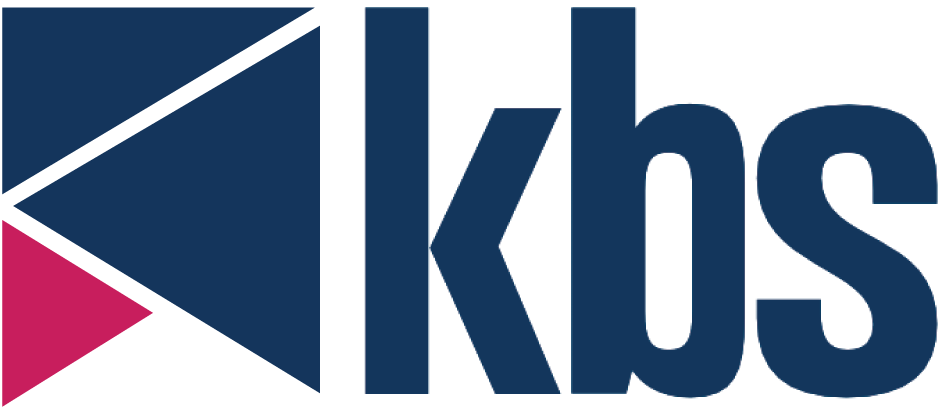
The Secret To Marketing To Gen Z and Millennials
Brought to you by KBS Results

 It’s a constant surprise to see how much opportunity still exists within a customer base for increasing revenue via timely and effective cross-selling. Growing revenue by meeting a greater share of an existing customer’s needs is almost always more cost-efficient than seeking out new customers.
It’s a constant surprise to see how much opportunity still exists within a customer base for increasing revenue via timely and effective cross-selling. Growing revenue by meeting a greater share of an existing customer’s needs is almost always more cost-efficient than seeking out new customers.
We also see many questions about how best to attract and relate to younger consumers among the millennials and Generation Z.
Fortunately, a well-executed digital marketing strategy can be beneficial in expanding your service to existing customers and attracting new business from among the millennials and Gen Z.
Content Marketing
It all starts with a story. While “content marketing” is a common buzzword, the concept is as old as writing itself: good stories get people’s attention. Content marketing is nothing more than informative and entertaining solutions to your customers’ challenges.
Developing an outstanding content marketing program requires deep understanding of the consumer buying cycle. Referred to as the “buyer journey,” this roadmap of consumer behavior outlines the prominent questions and issues at each stage of the buying cycle.
For example, according to a Harris Poll conducted for the Transamerica Center for Retirement Studies, 71 percent of millennial workers are saving for retirement and 39 percent of millennials are saving more than 10 percent of their salary. Imagine your bank is selling this group IRA’s and want them to come in for a financial planning session.
It would seem like a perfect fit. But not so fast.
A Charles Schwab study showed that millennials hold 25 percent of their portfolios in cash due to worry about the stock market and investing. Bank marketers have an opportunity to educate potential customers on ways to make those savings grow rather than just promoting the “end point” IRA product.
Savvy marketers prepare a range of content for each stage in the cycle and for each channel of their marketing efforts. Blog posts, social media content, video and podcasts work together to place your bank at the forefront of the consumer’s mind through the process.
Paid Online Advertising Combined With Machine Learning
The world of paid online advertising has expanded dramatically in the last two decades. Commonly referred to as “pay-per-click” or “PPC” advertising, there are tools that allow bank marketers to target specific consumer and business populations with uncanny accuracy. This combined with advances in machine learning technology allows banks to deploy efficient campaigns that deliver targeted content and offers when they are most likely to capture attention.
Paid advertising is measurable in ways traditional advertising is not. PPC advertising allows bank marketers to run campaigns on the basis of Return on Ad Spend (ROAS) nearly in real time. Budgets can be increased or decreased if lead costs are favorable. Offers and creative can be tested on the fly using financial results.
User Experience Design
Many articles gloss over the significance of user experience design in favor of touting the virtues of “online banking.” Marketers ignore this facet of customer acquisition and retention at their peril.
The user experience, or UX, does not need to be pretty in order to be effective.
For banks, UX is important in reducing the friction of any financial transaction where consumers spend most of their time online. Rather than simply think of “having online banking,” bank marketers need to measure the rate of sign-up abandonment, transaction cancellation, and other indicators that a bank’s online tools are difficult to use.
Banks that lack the brand strength of large national or regional players and rely on high-quality customer service need to be relentless in making their online banking options easy to use. Asking customers to download three different apps and carry multiple logins is a far cry from the face recognition and one-button interface offered by some of the nation’s largest banks.
Tying it All Together
The need for financial services is lifelong. Consumers pass through a variety of financial stages throughout their lives. Each of these stages contains its own, unique buyer journey.
Surveys and regular email and social media communication can help current customers find answers to their questions at the right time. Intelligent remarketing that drives paid advertising can help your results appear in their web searches and expand their understanding of the full range of services you offer. Thoughtful UX can enable customers to discover new products that solve problems when they first encounter them.
All of these benefits apply to your prospective clients. Being able to precisely target consumers when they are searching for answers means you can capture their attention earlier in the buying cycle.
Frictionless and “invisible” UX allows you to bring those new customers into your product and service ecosystem with the ease that younger consumers expect.

